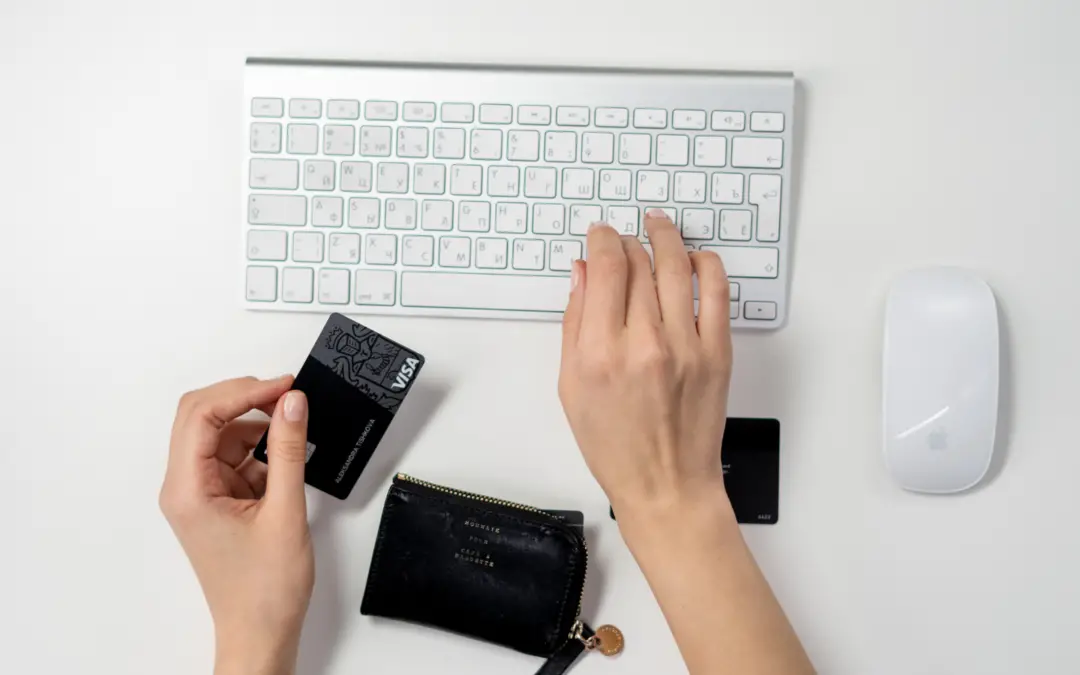Disclosure: This post may contain affiliate links that earn me a small commission, at no additional cost to you! See our disclaimer for details.
Have you struggled with the feeling of needing to spend money on yourself but feel guilty when doing it?
This is a normal feeling to have, especially if you are diligently saving money for debt freedom or if you are on your journey to financial freedom!
Overcoming this hurdle takes time, because it is likely that you already spent time learning how not to spend money on yourself! Now, you feel the struggle of needing to spend money on yourself but are likely afraid to do so.
In this article we will dive into the five essential principles that will help you to spend more on yourself and not feel guilty about it!
The five ways to spend money on yourself include:
- Principle 1: Have a Plan in Place
- Principle 2: Spend Money Where You Spend Time
- Principle 3: Practice Giving
- Principle 4: Focus on Growth
- Principle 5: Set Aside Money for Fun
“Don’t tell me where your priorities are. Show me where you spend your money and I’ll tell you what they are.” – James Frick
The Psychology Behind Your Spending
Before diving into the five helpful principles, it is important to first figure out the “why” behind your spending behavior.
It is likely that you fit in within one of two categories of people: Natural Savers or Learned Savers.
Both types of people can experience the burden of feeling bad about not spending on themselves, but for different reasons! Let me quickly review these two psychological concepts so you can better understand the principles detailed below.
Natural Savers
A natural saver is a person who lives their life purposely not spending money. They typically grew up with less or have a deep understanding of delayed gratification. This type of person has a knack for understanding their personal finances and the ability to save up for their goals quickly.
The natural saver is usually the person who keeps the budget for the family, who coupons or does extensive research to save on a purchase. They typically want to maximize their money that they earned to buy what they want or invest for the future.
The problem with being an actual saver is that you can struggle with the problem of not wanting to spend money on yourself. You may see spending money on yourself as purposeless or a waste of money. You may try to skimp on beauty products, buy lower quality personal items, or even make your day more miserable due to not buying a more comfortable chair, for example!
Learned Savers
Learned savers are people who were previously considered spenders but have had to readjust their mindset and lifestyle to become a saver.
This person battles with himself about spending. They may have a long history of spontaneous purchases but has learned how to control their spending over time.
This is very common amongst people the debt free community, and with people who are working toward paying off debt.
This type of person may really struggle with spending money on themselves because they have learned that they need to save as much money as possible to achieve their financial goals.
Being a learned saver and experiencing the internal struggle of spending on yourself is a battle that many people must overcome!
With these two types of individuals in mind, hopefully you can pinpoint where you fit in. Next, we will go into the five principles to living a happier life by spending more on yourself!
Principle 1: Have a Plan in Place
One of the most common reasons people do not want to spend on themselves is because they do not have a plan set in place.
A “plan” could mean a budget, goals, or even open discussion with their spouse or partner about money.
If you are struggling with trying to justify how to spend money, and how much, it is highly recommended to create a budget to track your income and expenses. There are many free apps out there, I use a free app called Personal Capital, and these apps can help you to easily see how much money that you and your family spends.
Next, it is important to establish and stay on track with your financial goals. I typically recommend setting monthly, yearly, and goals that are three to five years out.
I always insist that people find an accountability partner as well, and this can be a family member, your spouse or partner, or a friend. An accountability partner is someone who you must regularly meet with to discuss your progress toward your specific goals.
Lastly, it is important to have frequent and open communication with your spouse or partner about your budget and expenses. Avoiding hiding spending from your spouse is a habit you should never adopt. Having honest communication about your family’s finances is key to growing toward your financial goals!
Principle 2: Spend Money Where You Spend Time
This principle is commonly quoted as the best way to practice spending money on yourself.
What this principle means is that you can increase your happiness if you are willing to spend extra on something that will improve your quality of life.
However, it is important to first understand the difference between spending on something you want and spending on something that will affect your daily lifestyle.
If you have $100 and are trying to figure out how to spend it on yourself, there is a big difference between buying a new pair of running shoes, when you exercise two days a month, and buying a new office chair that you sit in 10 hours a day.
The point of this principle is to realize that if you want to start spending on yourself, it is best practice to spend money where you spend the most time in your day!
Buying a new mattress to reduce your back pain can make a huge impact, for example. However, buying expensive new jeans when you already have three pairs is likely to not make an impact on your daily living experience.
As you practice spending money on yourself, look around throughout your day and figure out what and where you spend most of your time and what is something that could improve your health, happiness, or quality of life.
Principle 3: Practice Giving
A great way to transition to spending money on yourself is to practice giving.
Practicing giving is an effective way to transition away from a very strict saving lifestyle. There are many ways to give, and this could be anything from buying the coffee of the person behind you in line or sending flowers to residents of a nursing home.
Just like it is commonly known that you get a dopamine “happy” burst after buying something, you can equally get a boost when you spend money to help others. This can be difficult when you are on a strict budget or trying to intensely save your money, but it is a great way to learn how to spend money without it directly going toward your finances.
Principle 4: Focus on Growth
Another way to spend money on yourself is to specifically spend money on your growth.
Regarding growth, this means high-value purchases for growth in your skills, talents, knowledge, or even through experiences.
Below are a few ways to spend money on yourself with a focus on personal growth:
- Buying an online course on a hobby you have always wanted to learn
- Purchasing ebooks, audiobooks, or physical books in topics you want to improve on, or learn about
- Buying a new wardrobe that is minimalist, to reduce your stress in the mornings
- Paying for a coach who can help guide you to achieve your goals sooner
- Investing in small, unique travel experiences with family or friends
Spending money on yourself can look a lot different than just buying new clothes, equipment, or food. Consider the ideas above to begin brainstorming ways to improve your life with purchases that will make a big impact.
Principle 5: Set Aside Money for Fun
If you adequately budget, have open communication with your spouse or partner, practice giving, and are ready to enjoy life a bit more, you are ready to set aside money for fun!
Working toward debt freedom or financial freedom, or any other financial goal you have, can take many years! One of the biggest kickbacks the debt free community gets is that we do not have “fun”. However, when you are intentional about your saving and spending, it is imperative to set aside money specifically for fun in order to stay sane and avoid burning out.
To do this, set aside one of your checking or savings accounts specifically for fun. This can look completely different from person to person, but you can set aside a specific amount of money each month or each week to spend. It is important to be strict about this, however, or you can slip into overspending or adopting a behavior of spontaneous spending.
For me, I set aside $50 a month to spend however I want. This could be on a specialty coffee, a dinner out with friends, and a new pair of jeans. For me, this spending looks very different month by month, but it is intentional and purposely thought out. I can also use my skills of finding good deals to maximize this money.
By setting aside money specifically for fun, it allows you more flexibility for spending money on yourself without feeling the burden or guilt of spending your money that you could be saving or investing!
Summary
It is important to intentionally set aside money to spend on yourself or it can lead to stress, burnout, health problems, negative attitude, or a lower quality of life.
It is also important to be aware of your income, expenses, and how much money you can set aside each month to spend on yourself. Discuss with your spouse or partner about setting up an account specifically for fun for you and your spouse. This should be up to the individual themselves on how they want to spend the money to bring themselves more happiness!

